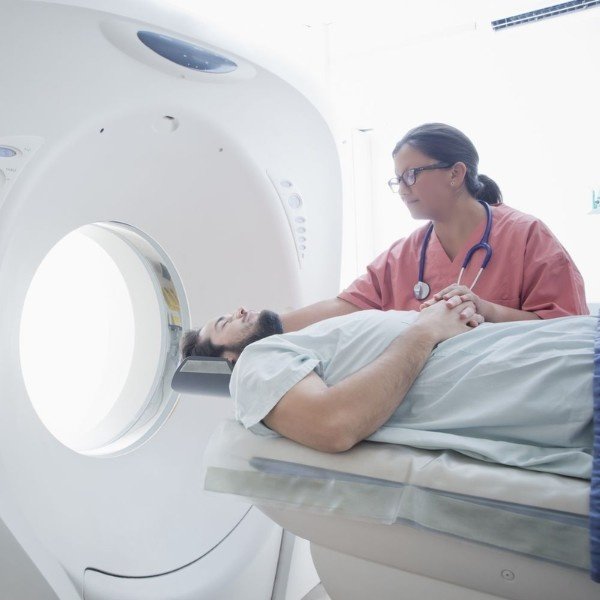Best Brain Haemorrhage Treatment in Ahmedabad

Swift Action, Lifesaving Care
Brain haemorrhage, or intracranial haemorrhage (ICH), is commonly understood as bleeding that occurs in the tissue inside the brain or the area encasing the brain. Such kinds of haemorrhages can result in a tissue case loss of brain cells and also augment the pressure inside the skull, which in the absence of reliever methods may be drastic in causing irreversible damage to the brain and other body parts or even death. In contrast, a stroke effectively signifies a disruption of blood supply to the brain. To minimize the risk of losing a few crucial minutes or incurring unnecessary complications, attending only the Best Brain Haemorrhage Treatment in Ahmedabad gives the patient an overwhelming advantage in better diagnosis and quicker recovery.
Types of Brain Hemorrhage
Different regions of the brain are segregated to identify distinct types of brain haemorrhage. These areas include:

Intracerebral Haemorrhage

Subarachnoid Haemorrhage

Subdural Haemorrhage

Epidural Haemorrhage

Intraventricular Haemorrhage
Causes of Brain Hemorrhage
Even though various factors are related to the occurrence of brain haemorrhages, some of them may be prevented are:
Symptoms of Brain Hemorrhage
The clinical presentation of patients with a brain haemorrhage mainly revolves around the bleed type, its size, and the site of its occurrence. However, some of the common presentations include:

Diagnosis of Brain Hemorrhage
When it comes to diagnosing patients with brain haemorrhage, brain imaging techniques are used further along in the clinical evaluation. Usually, a CT scan is done first to locate the bleeding, with an MRI advised for more detailed imaging. Angiograms allow for the assessment of blood vessels for the presence of aneurysms or other irregularities, while blood tests can be valuable in identifying the clotting factor. Attention to diagnosis comes in very handy, especially in increasing the chances of a successful treatment. For patients requiring immediate care for a brain hemorrhage, advanced nursing and technology are available in the Best Brain Haemorrhage Treatment in Ahmedabad.
Management of Brain Hemorrhage
Below is a summary depicting six steps for the management of brain hemorrhages in a nutshell:

Prognosis of Brain Hemorrhage
The prognosis after a brain haemorrhage differs and is dependent on the following factors: Bleed, size, location of the haemorrhage, and other aspects, including the time of treating the outbreak. Treatment within this timeframe typically allows for complete recovery in modest bleeds, while larger lesions produce lasting disability. Long-term management cannot be neglected after the rupture of a vascular aneurysm or hypertension. Patients requiring treatment for brain embolisms benefit from treatment in the Best Brain Haemorrhage Treatment in Ahmedabad, where comprehensive care can be availed alongside advanced instrumentation.
